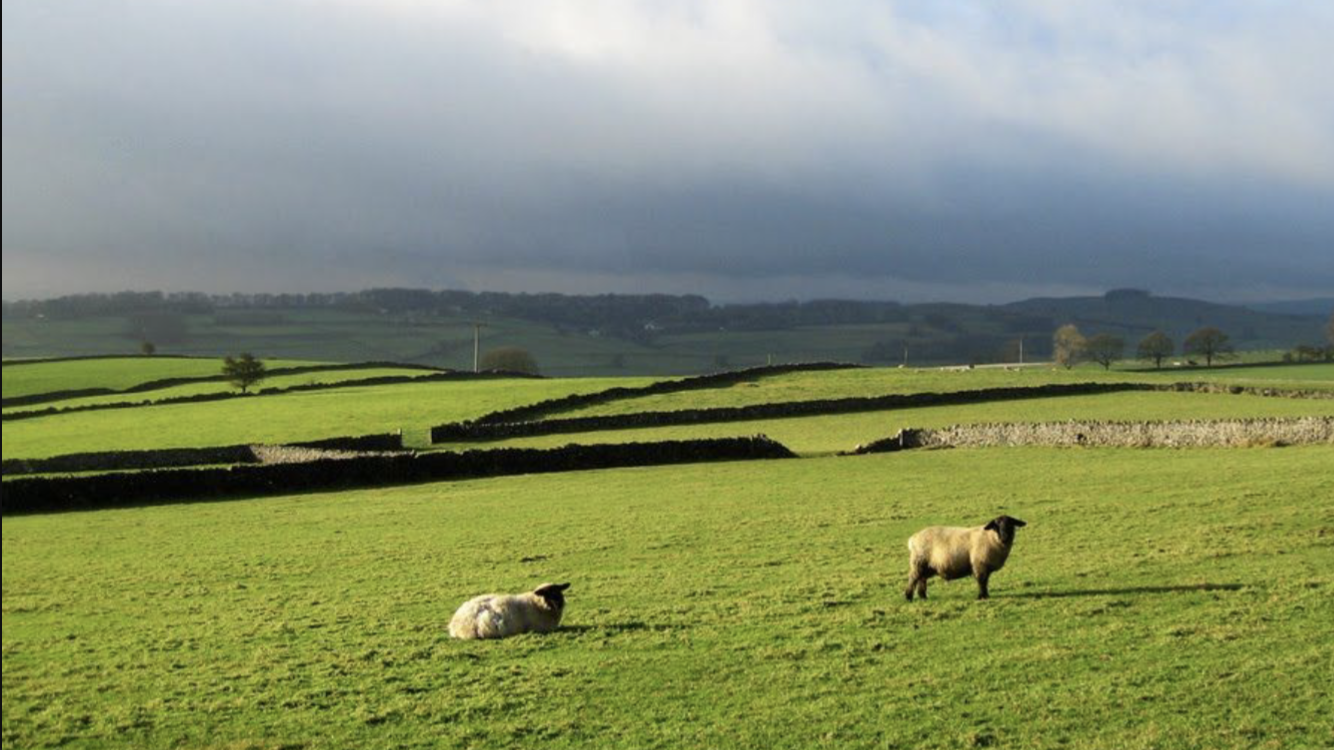Address
Chapel en le Frith, High Peak, Derbyshire
Work Hours
Monday to Friday: 9AM - 7PM
Weekend: 10AM - 5PM

Making dried larvae and larvae meal involves a process of dehydration and grinding to preserve the nutritional value of black soldier fly larvae (BSFL) while creating convenient and shelf-stable products. Here’s how to make dried larvae and larvae meal:
1. Harvesting and Cleaning:
Harvest mature black soldier fly larvae from your farming operation using appropriate harvesting techniques. Ensure the larvae are free from contaminants and debris by gently rinsing them with clean water.
2. Dehydration:
There are several methods for dehydrating BSFL:
3. Grinding:
Once the larvae are completely dehydrated, transfer them to a food processor or grinder. Grind the dried larvae into a fine powder or meal consistency. Ensure the grinder is clean and dry to prevent contamination.
4. Packaging:
Package the dried larvae meal in airtight containers or resealable bags to preserve freshness and prevent moisture absorption. Label the packages with the product name, date of production, and any relevant nutritional information or usage instructions.
5. Storage:
Store the dried larvae meal in a cool, dry place away from direct sunlight and moisture. Proper storage conditions help maintain the quality and shelf life of the product. Consider refrigerating or freezing the meal for long-term storage.
6. Quality Assurance:
Implement quality control measures to ensure the safety and nutritional integrity of the dried larvae meal. Conduct regular inspections and testing for contaminants, moisture levels, and product consistency.
7. Usage:
Dried larvae meal can be used as a nutritious ingredient in animal feed formulations for poultry, swine, aquaculture, pets, and other livestock. Incorporate the meal into feed recipes as a protein source or dietary supplement.
8. Marketing and Sales:
Promote your dried larvae meal to potential customers, such as livestock producers, pet food manufacturers, and agricultural suppliers. Highlight the nutritional benefits, sustainability, and versatility of the product to attract buyers.
By following these steps, you can effectively produce dried larvae and larvae meal from black soldier fly larvae, providing a convenient and valuable source of nutrition for various animal feed applications.
Coming next: